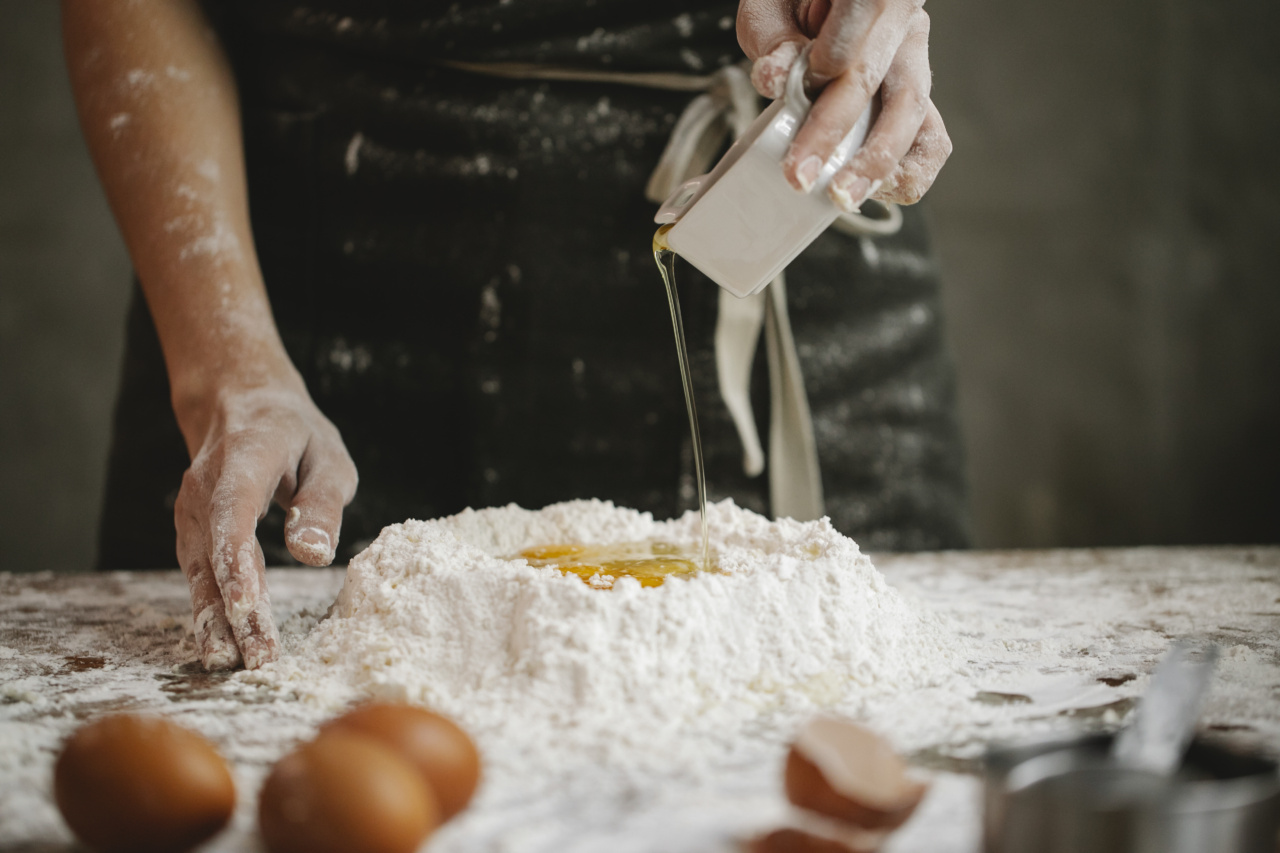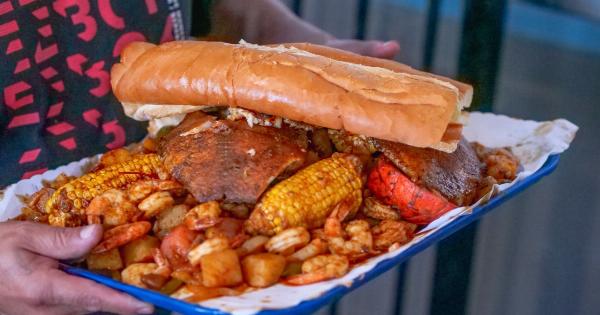Raw chicken is a versatile and delicious protein option that can be used in a variety of culinary creations. However, it’s important to handle raw chicken with care to avoid the risk of foodborne illnesses.
Improper handling and preparation of raw chicken can lead to contamination with harmful bacteria, such as Salmonella or Campylobacter, which can make you sick. In this article, we will discuss eight common mistakes people make when dealing with raw chicken, and how to avoid them for the sake of your health.
Mistake 1: Washing raw chicken
Contrary to popular belief, washing raw chicken under running water is not a good practice.
In fact, it can increase the risk of cross-contamination by spreading bacteria present on the chicken to surfaces, utensils, and other ingredients in the vicinity. The heat from cooking will kill any bacteria, so there is no need to wash the chicken beforehand.
Mistake 2: Thawing chicken at room temperature
Thawing raw chicken at room temperature allows the outer layer to reach a temperature above 40°F (4°C), which is within the “danger zone.” Bacteria multiply rapidly in this temperature range, increasing the risk of foodborne illnesses.
It is safe to thaw chicken by placing it in the refrigerator, using cold water, or using the defrost function on your microwave.
Mistake 3: Marinating chicken at room temperature
Similar to thawing, marinating raw chicken at room temperature can promote bacterial growth. To marinate chicken safely, always do it in the refrigerator.
If you plan to use the marinade as a sauce, reserve a portion separately before adding it to the raw chicken.
Mistake 4: Using the same cutting board for chicken and other ingredients
Cross-contamination can occur easily when using the same cutting board for raw chicken and other ingredients. The bacteria present in raw chicken can transfer to fruits, vegetables, or ready-to-eat items, increasing the risk of food poisoning.
Use separate cutting boards for raw chicken, meat, and produce to minimize cross-contamination.
Mistake 5: Not using a food thermometer
Many people rely on visual cues to determine the doneness of cooked chicken, such as the color of the meat or the absence of pink juices. However, these methods are not always reliable indicators of the temperature inside the chicken.
Using a food thermometer is the only way to ensure that chicken is cooked to a safe internal temperature of 165°F (74°C) to kill any harmful bacteria.
Mistake 6: Storing cooked chicken with raw chicken juices
When storing cooked chicken, it is crucial to avoid any contact between the cooked meat and raw chicken juices. Raw chicken juices can contain bacteria that can contaminate the cooked chicken and increase the risk of food poisoning.
Always store raw and cooked chicken separately and use separate containers and utensils for each.
Mistake 7: Not practicing good hand hygiene
Proper hand hygiene is essential when handling raw chicken. Failing to wash your hands thoroughly before and after handling raw chicken can lead to the transfer of bacteria to other surfaces, ingredients, or even your own body.
Wash your hands with soap and warm water for at least 20 seconds before and after handling raw chicken.
Mistake 8: Allowing raw chicken to sit at room temperature for too long
Leaving raw chicken at room temperature for an extended period allows bacteria to multiply rapidly. To avoid this, refrigerate raw chicken promptly after purchasing or preparing it.
If you need to marinate the chicken, do so in the refrigerator and avoid leaving it out for more than two hours.
Conclusion
Handling raw chicken with care is essential to avoid the risk of foodborne illnesses. By avoiding these eight common mistakes, you can ensure food safety and protect yourself from the potential dangers of consuming undercooked or contaminated chicken.
Always prioritize good hygiene practices, proper marinade and thawing techniques, and cook chicken thoroughly to a safe internal temperature. Stay safe and enjoy your delicious meals!.




























